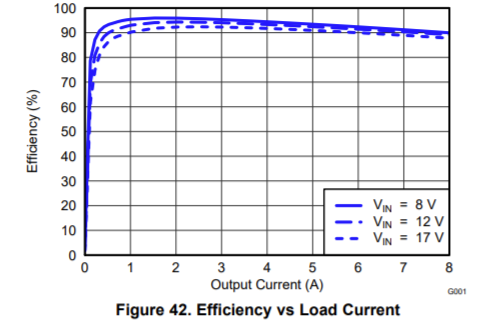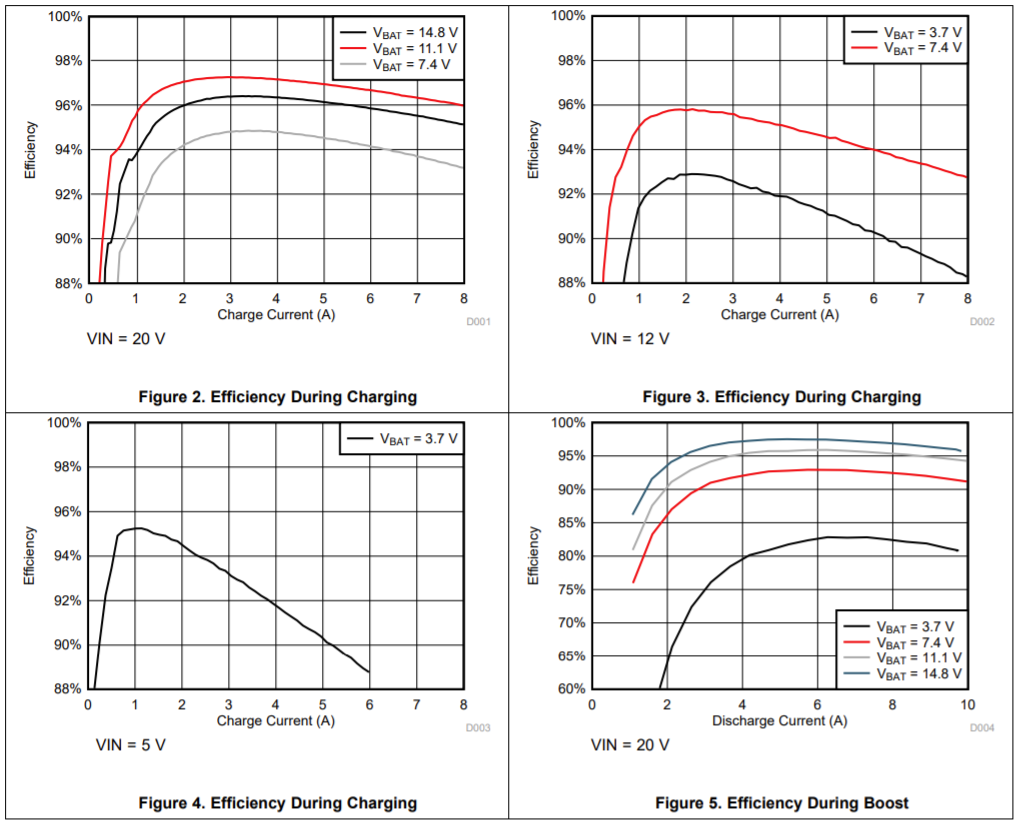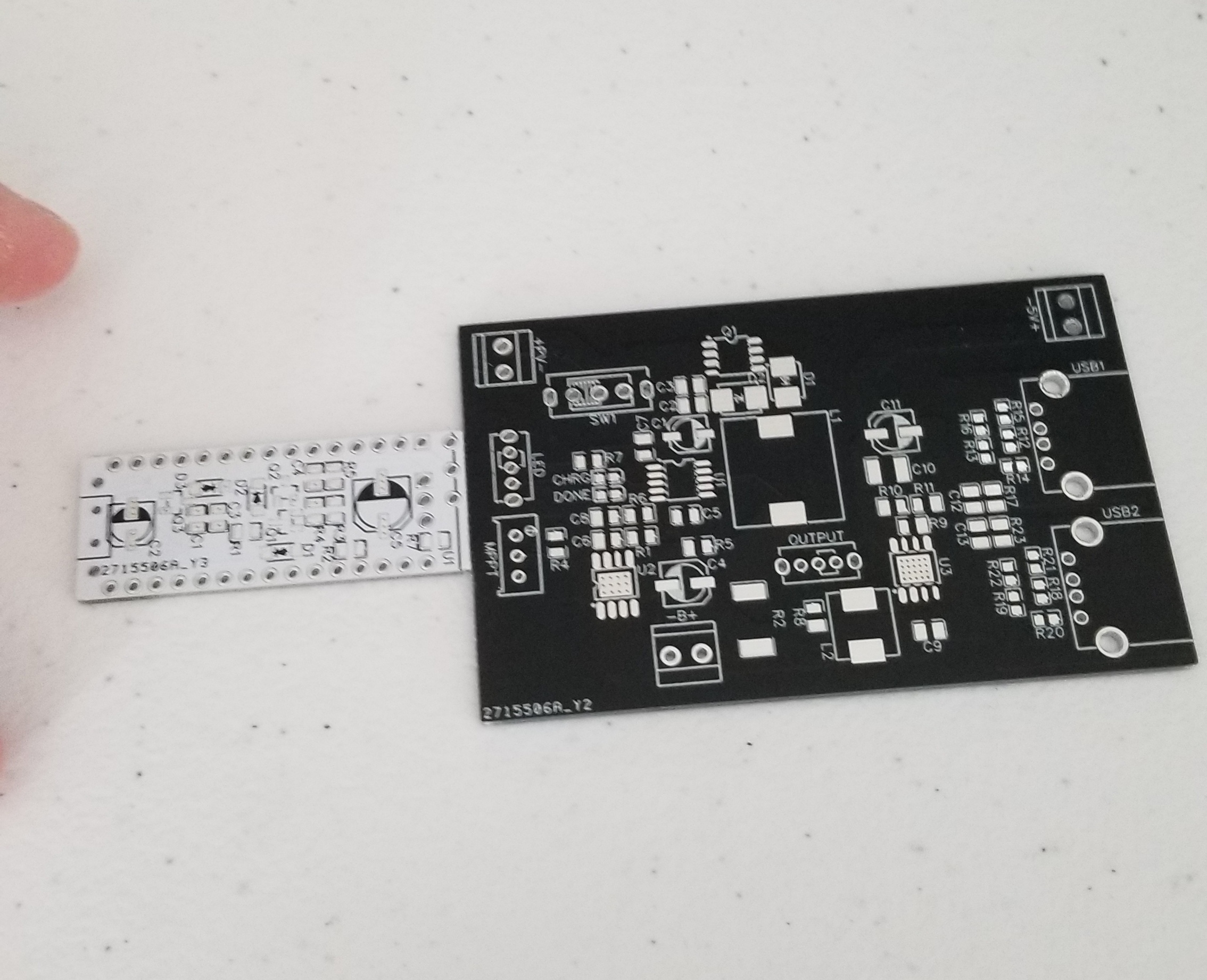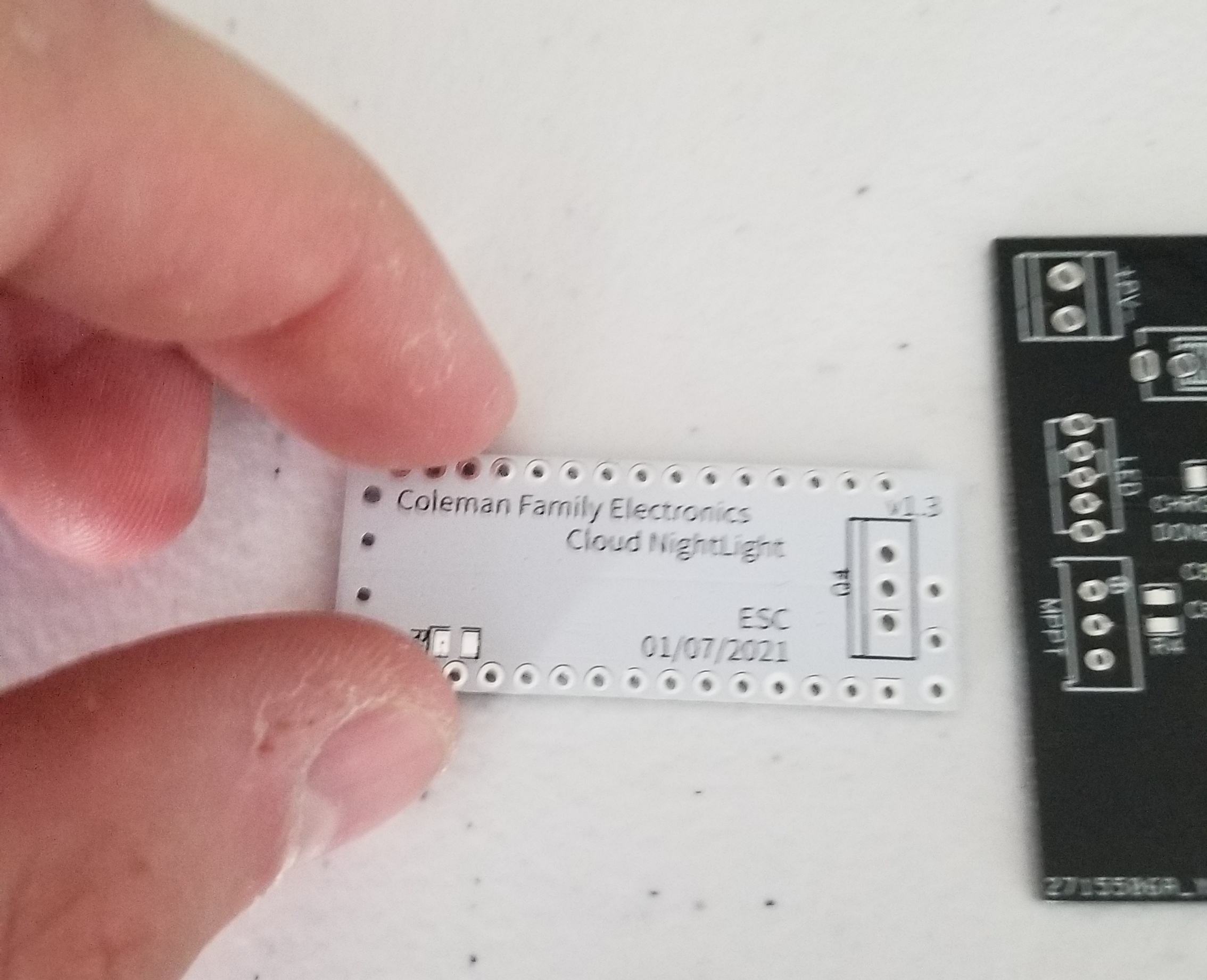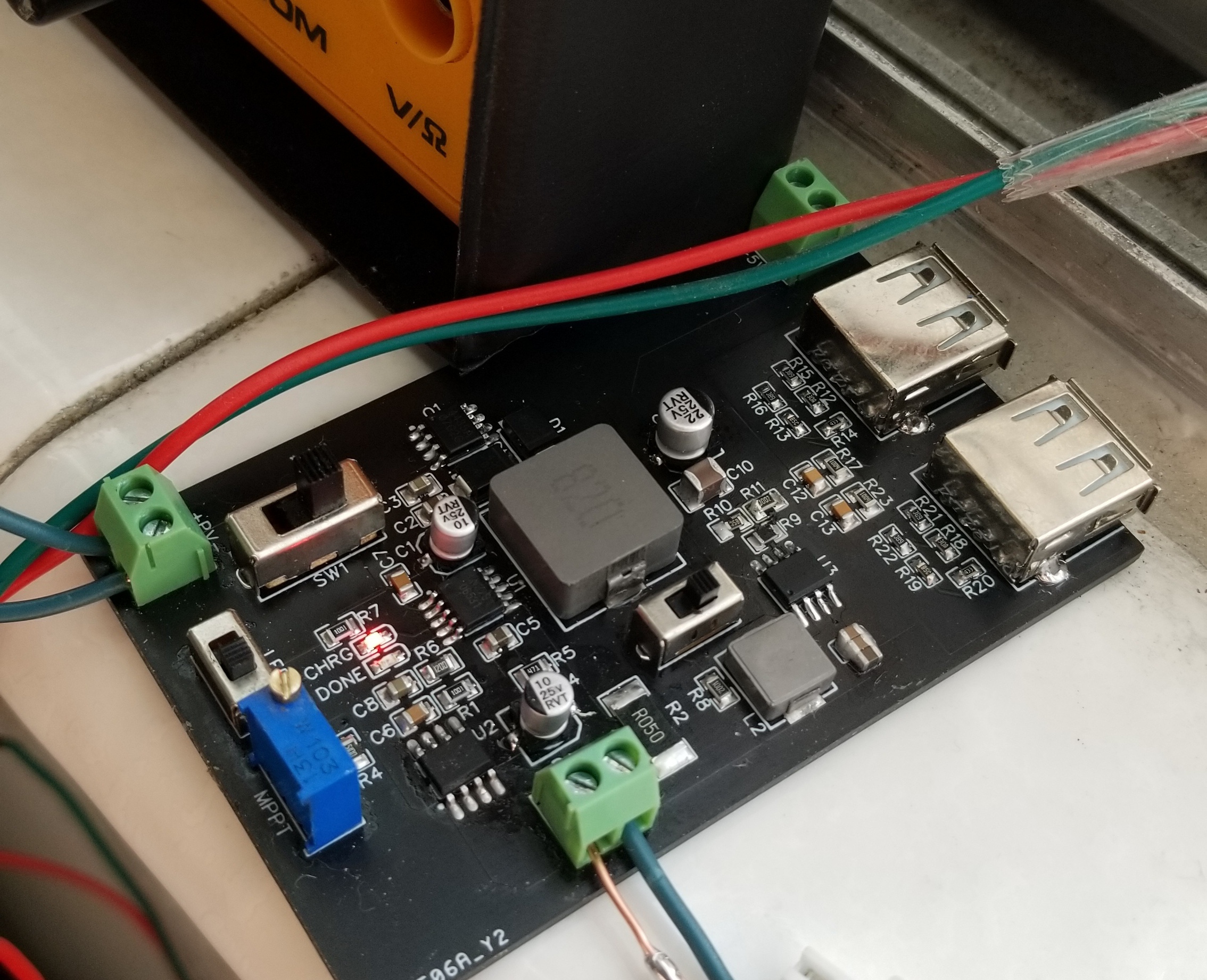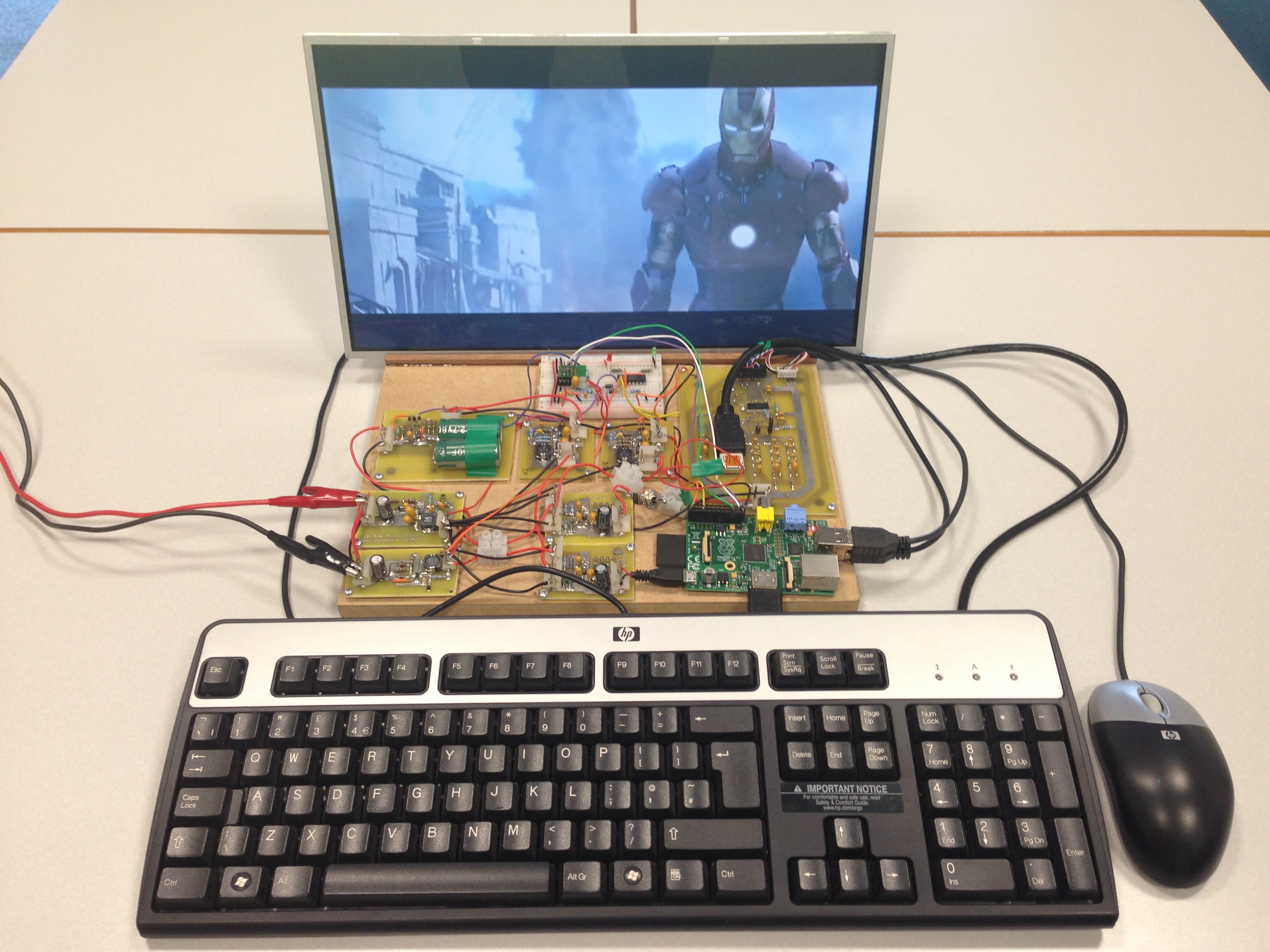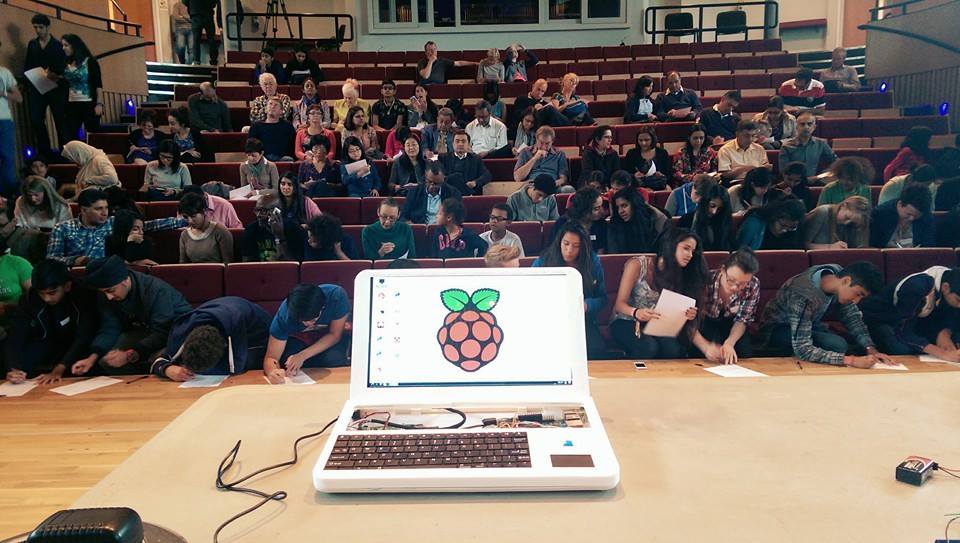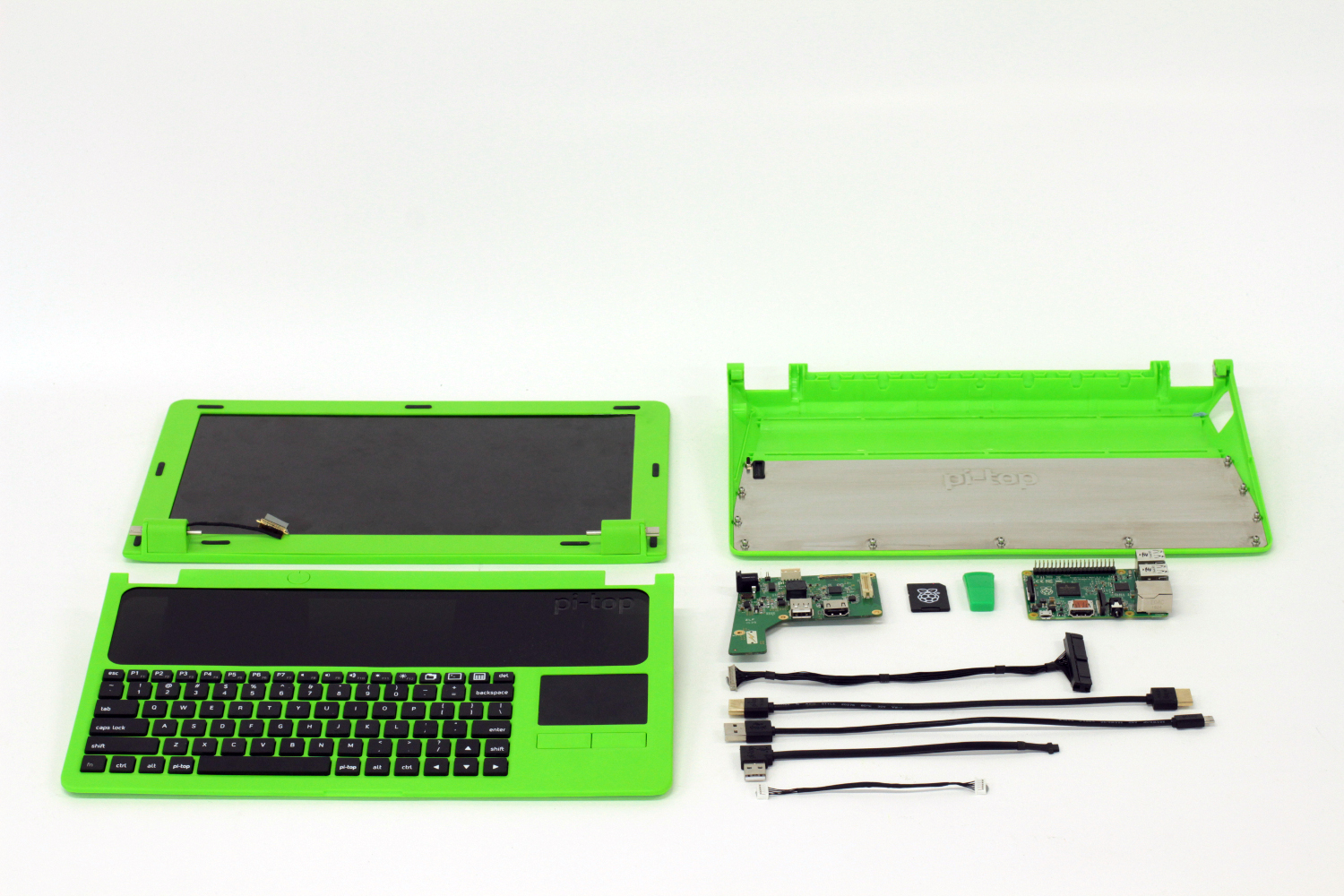Im on vacation and just grabbed my PiTop and a generic USBC cord and power block when packing. I quicklly figured out it wasnt gonna work as my battery ran down on the Pi-Top that it requires some specific power. I found this on the Pi-Top web page:
“Your pi-top [4] will NOT work with most USB-C power supplies you might already own. You must use a power supply with USB-C Power Delivery specification at 15V, with minimum 30W for maximum accessory compatibility.”
I have a Best Buy around the corner but not sure WHICH one of the units available to Best Buy (see what I did there?) to buy…Here are the units Im choosing from at Best Buy:
Can anyone give me quick guidance on which one to buy that will power my Pi-Top4 for my vacation without buying the wrong one?
Does it have to be EXACTLY 15V or at LEAST 15v or some variation?
Can someone point me in the right direction here? Please and thank you!
Fred

 :
: